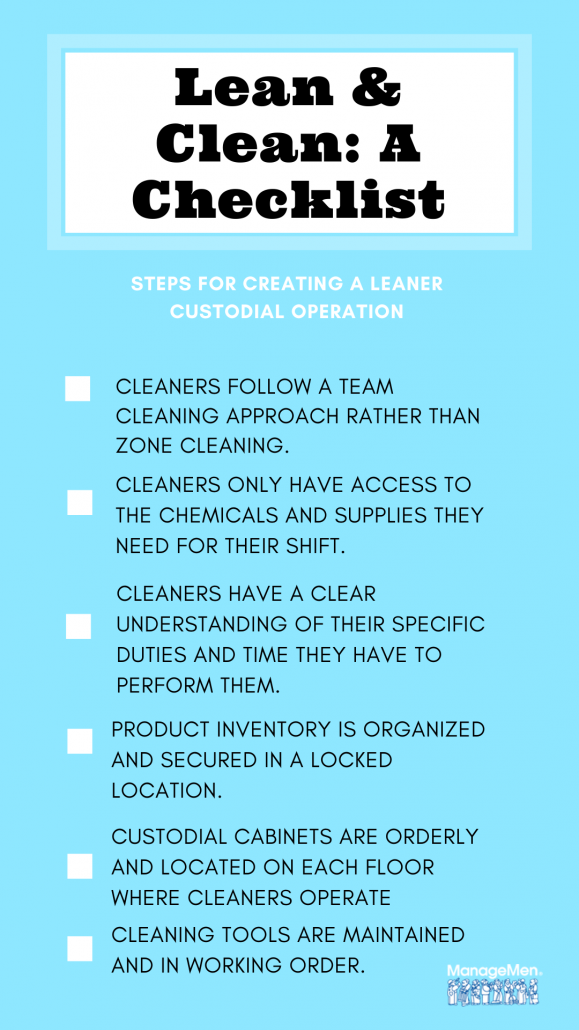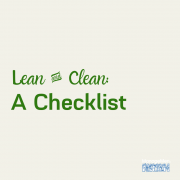Lean and Clean: A Checklist
As we head into the holiday season, it seems like a strange time to talk about anything “lean.” Many will spend the next several weeks feasting on a medley of turkey, ham, cookies, chocolates, breads and other delicacies as we turn to 2020.
For some people, the start of a new decade doesn’t mean anything special—it’s business as usual. But for others, it can signal the opportunity for a fresh start and improvement. Just as you set personal goals around health and wellness, this is also an ideal time to check the health of your custodial operation.

A healthy custodial operation is one that operates on lean management principles. You might be familiar with terms like Six Sigma or ISO 9000—these are quality systems that businesses put in place to limit the waste in their operations.
This approach was first used by Henry Ford when he created the assembly line in 1913. While this innovation received much applause because it reduced the amount of time it took to build a car (from 12 hours to 2 hours and 30 minutes!), this was also the first system to designate workers as specialists.
In Ford’s assembly line, each worker focused on a specific task throughout the line rather than performing all the tasks required to create the vehicle. This was the birth of lean management principles as it lead to a significant reduction in the amount of labor required in the manufacturing process.
In their paper, “Cleaning as an Engineered Process: Lean Principles for a Neglected Industry,” authors Dr. Jeffrey Campbell and Kathleen Campbell look at how Lean Management Principles can be used within a cleaning department to improve efficiency.
“Lean is implemented by first understanding the activities and practices that are considered wasteful and do not add value to the process. It then looks at the process and identifies what creates value in the process stream and what is wasteful. A culture of continual improvement must be set up so that those who are in the day-to-day work-flow are comfortable with approaching management with new ideas on how to improve processes.

“Each area also needs to be cleaned and organized so that everything is in its place. With the preceding steps in place, waste can be eliminated or mitigated, and the process can become more Lean.’ The process should be re-evaluated often as new ideas or improvement emerge.”
If you want to look for ways to reduce waste and create a leaner cleaning operation, we’ve developed a short checklist to help you get started. Feel free to download this and share it with your friends and colleagues.
Of course, we have several more strategies to reduce waste in a custodial department that you can add to this list, as this is the foundation of our (OS1) System. If you’re interested in learning more, just drop us a line.
Until then, we wish you a cleaner—and leaner—holiday season.
“If you always do what you always did, you’ll always get what you’ve always got.” – Henry Ford



